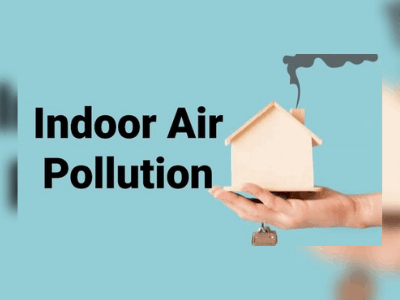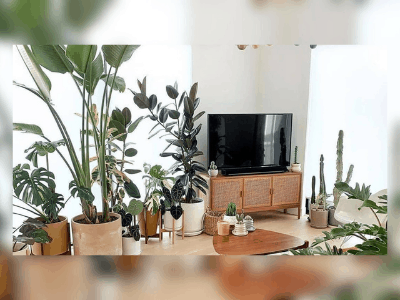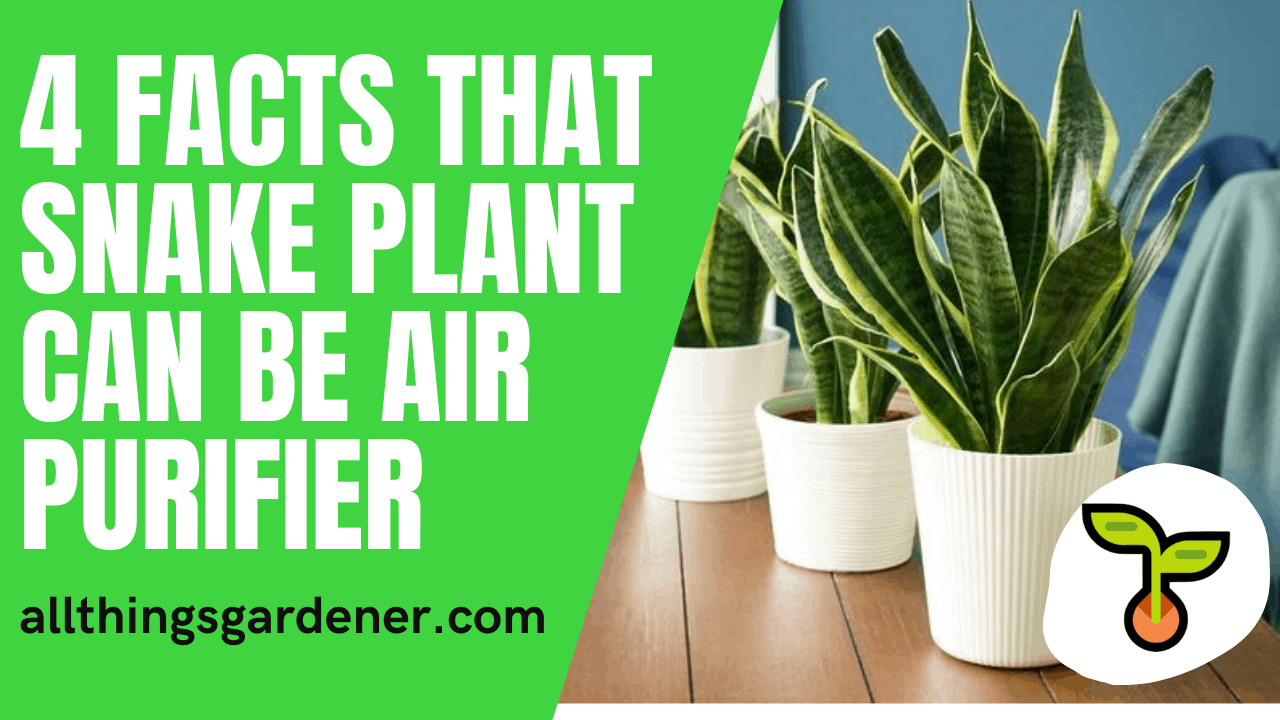Sansevieria or (san-se-vi-ah) in the Lily family, also known as one of the world’s most popular plants.
On the basis of molecular phylogenetic studies, Sansevieria has been included in the genus Dracaena which…
….is native to tropical Africa in particular, Madagascar, and southern Asia.
The 70 or so species formerly placed in the genus have been known by many common names…
…including mother-in-law’s tongue, devil’s tongue, jinn’s tongue, bow string hemp, snake plant, and snake tongue.
According to the APG III classification system, Dracaena is a member of the family Asparagaceae…
sub-family Nolinoideae (formerly the family Ruscaceae.
It has also been placed in the family Dracaenaceae. With its durability, the Sansevieria makes an excellent choice…
…for apartment dwellers who typically have difficulty with houseplants due to limited lighting.
They should take a good look at snake plants or sansevieria.
As the most tolerant of all decorative plants, Sansevieria can survive the harshest growing conditions, abuse and neglect.
Simply put, sansevieria is a tough houseplant to kill. Snake plants or sansevieria, are versatile, classic houseplants with sword-like foliage.
The great thing about this plant is that it’s a great plant for forgetful gardeners and it’s an excellent air purifier plant….
for indoor environments. Despite being a resilient succulent that can grow from 6 inches to several feet….
…snake plants or sansevieria have a number of health benefits.
Household plants are often strategically placed for decoration and to maintain good feng shui.
But did you know that some of these same plants also have some health benefits?
You might be surprised to learn that snake plants or sansevieria bring both health benefits and beauty to your home.
Keep reading to discover the snake plant’s benefits, how to care for one, and how to keep it alive.
There’s so much pollution in the air now that if it weren’t for our lungs there’d be no place to put it all.”
Robert Orben, American professional comedy writer

Let us hear the story from Benjamin, about his experience having his first snake plant as air purifier.
Here’s the story of Benjamin’s
I can’t believe my mom just told me that she’d been using snake plants as air purifiers.
I always thought they were a type of plant!
The one time I helped her clean the house, I saw them in their little pot up on our kitchen counter…
…so it was hard to figure out what they really were.
Mom said that she sprays water onto them every day and then puts them near her bedside table…
...or throughout the rest of the house as well depending on which area needs it most.
Even though there are filters hooked up to all of our vents, this seemed like a good idea…
….because some people have asthma and allergies and other serious health conditions where such things might not work for them.
Here’s the things…
Indoor Air Pollution
Building materials themselves can contribute to the buildup of what chemists call volatile organic compounds (VOCs),
compounds that easily decompose at ordinary temperatures to gaseous state.
Interior air pollution is a serious health and environmental problem. There are some gaseous compounds…
…that are not harmful, but at high concentrations, could potentially lead to allergies and dizziness, or even cause cancer.
The indoor air quality issue emerged following the 1970s-era oil crisis when buildings were remodeled or constructed to reduce energy costs.
These blueprints slash fresh air exchange as a form of energy efficiency, worsening the effects of harmful chemicals.
This phenomenon is called sick building syndrome. Workers in some industries, such as nail salons…
face much higher levels of exposure to toxic chemicals due to the nature of their work. Living in a modern…
…energy-efficient building can have unexpected side effects.
One of these side effects is less air flow. This lack of air flow can cause indoor air pollution to build up…
….causing health issues like asthma and sick building syndrome.
In fact, modern furnishings, synthetic building materials, and your own carpet may contain more chemicals than you realize.
These chemicals can contribute up to 90 percent of indoor air pollution.

Next Up!
True Fact!
In fact, studies have consistently shown that Sansevierias are an effective air purifier.
For example, NASA has performed research on the plant and linked it to the removal of toxins…
…such as formaldehyde, xylene, and nitrogen oxides, which means other industries and workplaces, such as…
….automotive plants and shops, airplane plants, plywood, carpets, paint manufacturers and sellers, printing, and offices….
…that rely on these chemicals might greatly benefit from keeping several Sansevieria around.
NASA discovered in 1989 that houseplants can absorb harmful toxins from the air, especially in enclosed spaces….
….where there is little airflow.
Based on this study, more recent studies have looked at the effectiveness of indoor plants at cleaning the air.
Although plants are lower powered than air purifiers, they have a healthier atmosphere, less polluting air….
…and are highly effective at purifying the air. The plants are also known to:
- Increasing mood and productivity
- improve your memory and concentration
- lessen fatigue and reduce stress
A NASA study whose purpose was to determine the best way to clean the air in space stations suggested at least 15…
to 18 medium-sized plants for a 1,800 square foot home. Some plants remove certain chemicals better than others.
Household chemicals come from objects and materials such as:
- Carpets
- Glues
- Ovens
- Cleaning solutions
- Synthetic materials such as plastic, fiber, and rubber

This team has studied five common houseplants in their region.
They built sealed chambers in their labs and measured their ability to remove several different gases:
- Benzene
- Toluene
- Ethylbenzene
- p-Xylene
- o-Xylene
- Acetone
- Dichloromethane (also called methylene chloride)
- Trichloromethane (also called chloroform)

Go on…
Night Time Oxygen Supplier
Snake Plant : AKA Mother-In-Law’s Tongue: This is the most oxygen-intensive plant which converts a lot of CO2….
….into oxygen at night, making it perfect for keeping in your bedroom.
Six to eight plants are required per person in order to survive if there is no air flow.
Meaning you could live in a completely air sealed room if you had these plants.
Snake plants also eliminate formaldehyde from the air.
Plants mainly absorb Carbon dioxide (CO2) during the day (photosynthesis) and release oxygen at night (respiration).
Plants can uptake CO2 during the night due to their ability to perform a process called…
…Crassulacean Acid Metabolism (CAM).
There are two pathways in photosynthesis:
Light reactions in which O2 is generated by splitting water.
Dark reaction (Calvin Cycle) where CO2 is used to create sugars.
The energy for these reactions comes from sunlight. CO2 is absorbed via stomata…
…and O2 is released through the same stomata.
CAM photosynthesis, also known as Crassulacean-Acid photosynthesis occurs at night when the plant’s stomata open to minimize water loss.
CO2 is acquired during this time, and stored in vacuoles as malate.

The best part of this
Helps fight Allergies and Sick Building Syndrome
This plant absorbs toxins and releases oxygen into the air.
It may also release moisture into the air and reduce airborne allergens.
The Sansevieria perfectly meets these conditions.
In addition, people with allergies should consider such plants because they are a natural, inexpensive way to stay healthy.
Further, public spaces and workplaces, especially, need to understand the importance of air-purifying plants for these reasons.
The term sick building syndrome (SBS) is used to describe the occurrence of moderate to acute symptoms….
….in some residents or those in a particular building which are linked to the building without any specific illness having been identified.
Symptoms of SBS include ear, nose, and throat irritation; coughing, itching, dizziness, lack of concentration, fatigue….
….and chest tightness and muscle aches. But the symptoms appear to resolve rapidly once individuals have left the building.
The following factors can plausibly explain this, such as inadequate ventilation that fails to distribute air:
chemicals from carpets, upholstery, printers, pesticides, and cleaning agents.
Outside pollution being pumped in; and bacteria, molds, and viruses.
Are you aware of the alarming link between formaldehyde, xylene, toluene, and nitrogen oxide?
The Sansevieria plant works well against SBS.
Sum Up
Having Sansevieria or Snake plant can help you to purify the air surrounding in your house.
It can help you to remove and reducing the risk of having SBS that now become a common things, especially now in this pandemic time!
Conclusion
Last thing for sure. This plant need to be care carefully, remember plant need the “love” too.
Alright that’s all for today! Do you have any questions about all of this?
Or do you want to add some plant that can act as air purifier?
Let me know your recommendation from the comment below.
I hope you can now take care your jade in rainy season.
Thanks for reading this article! Bye!

